VIVID MEMORABLE LAVISH
Ideas swim like glittering fishes in The Holder of the World. Mukherjee has stocked her new novel with interesting notions about East and West, imperialism, the constricted natures and larger possibilities of women and men, and the contrasting kinds of virtual reality achieved by computers and the written word. She is as visionary as ever.
Los Angeles Times Book Review
Bharati Mukherjee constantly reminds us of the interconnections among cultures that have made our modern world. [She] draws us with vigor and scrupulous attention to detail across time and space, into the footsteps of not one but two extraordinary women.
The New York Times Book Review
So beautifully does Ms. Mukherjee write [her] prose combines with the multilayered narrative to produce an effect reminiscent of those jewel-toned miniature paintings created by Mogul artists to commemorate Hannahs life: small, exquisite canvases teeming with people and festivities and disasters, canvases that meld together history and folklore into a harmonious work of art.
The New York Times
Mukherjee writes with elegant lucidity and she spins a rousing narrative of greed, lust, battles and betrayals.
Publishers Weekly
A Fawcett Book
Published by The Random House Publishing Group
Copyright 1993 by Bharati Mukherjee
All rights reserved.
Published in the United States by Fawcett Books, an imprint of The Random House Publishing Group, a division of Random House, Inc., New York, and simultaneously in Canada by Random House of Canada Limited, Toronto.
Fawcett Books and colophon are trademarks of Random House, Inc.
www.ballantinebooks.com
This edition published by arrangement with Alfred A. Knopf, Inc.
Library of Congress Catalog Card Number: 94-94255
eISBN: 978-0-307-79228-0
v3.1
To Anne Middleton,
and all travelers to uttermost shores
Contents
Thou still unravishd bride of quietness,
Thou foster-child of silence and slow time
JOHN KEATS
Ode on a Grecian Urn
P ART O NE
 I LIVE in three time zones simultaneously, and I dont mean Eastern, Central and Pacific. I mean the past, the present and the future.
I LIVE in three time zones simultaneously, and I dont mean Eastern, Central and Pacific. I mean the past, the present and the future.
The television news is on, Venns at his lab, and Im reading Auctions & Acquisitions, one of the trade mags in my field. People and their property often get separated. Or people want to keep their assets hidden. Nothing is ever lost, but continents and centuries sometimes get in the way. Uniting people and possessions; its like matching orphaned socks, through time.
According to A & A, a small museum between Salem and Marblehead has acquired a large gem. It isnt the gem that interests me. Its the inscription and the provenance. Anything having to do with Mughal India gets my attention. Anything about the Salem Bibi, Precious-as-Pearl, feeds me.
Eventually, Venn says, hell be able to write a program to help me, but the technology is still a little crude. Weve been together nearly three years, which shrinks to about three weeks if you deduct his lab time. He animates information. Hes out there beyond virtual reality, re-creating the universe, one nanosecond, one minute at a time. He comes from India.
Right now, somewhere off Kendall Square in an old MIT office building, hes establishing a grid, a data base. The program is called X-2989, which translates to October 29, 1989, the day his team decided, arbitrarily, to research. By research they mean the mass ingestion of all the worlds newspapers, weather patterns, telephone directories, satellite passes, every arrest, every television show, political debate, airline schedule do you know how many checks were written that day, how many credit card purchases were made? Venn does. When the grid, the base, is complete, they will work on the interaction with a personality. Anyone. In five years, theyll be able to interpose me, or you, over the grid for upward of ten seconds. In the long run, the technology will enable any of us to insert ourselves anywhere and anytime on the time-space continuum for as long as the grid can hold.
It will look like a cheap set, he fears. He watches Star Trek, both the old and new series, and remarks on the nakedness of the old sets, like studio sets of New York in 1940s movies. The past presents itself to us, always, somehow simplified. He wants to avoid that fatal unclutteredness, but knows he cant.
Finally, a use for sensory and informational overload.
Every time-traveler will create a different realityjust as we all do now. No two travelers will be able to retrieve the same reality, or even a fraction of the available realities. Historys a big savings bank, says Venn, we can all make infinite reality withdrawals. But well be able to compare our disparate experience in the same reality, and wont that be fun? Jack and Jills twenty-second visit to 3:00 p.m. on the twenty-ninth of October, 1989.
Every time-traveler will punch in the answers to a thousand personal questionsthe team is working on the thousand most relevant facts, the thousand things that make me me, you youto construct a kind of personality genome. Each of us has her own fingerprint, her DNA, but she has a thousand other unique identifiers as well. From that profile X-2989 will construct a version of you. By changing even one of the thousand answers, you can create a different personality and therefore elicit a different experience. Saying youre brown-eyed instead of blue will alter the withdrawal. Do blonds really have more fun? Stay tuned. Because of information overload, a five-minute American reality will be denser, more lifelike, than five minutes in Africa. But the African reality may be more elemental, dreamlike, mythic.
With a thousand possible answers we can each create an infinity of possible characters. And so we contain a thousand variables, and history is a billion separate information bytes. Mathematically, the permutations do begin to resemble the randomness of life. Time will become as famous as place. There will be time-tourists sitting around saying, Yeah, but have you ever been to April fourth? Man!
My life has gotten just a little more complicated than my ability to describe it. That used to be the definition of madness, now its just discontinuous overload.
My project is a little more complicated.
THE RUBY RESTS on a square of sun-faded green velvet under a dusty case in a maritime museum in an old fishing village many branches off a spur of the interstate between Peabody and Salem. Flies have perished inside the case. On a note card affixed to the glass by yellowed tape, in a slanted, spidery hand over the faded blue lines, an amateur curator has ballpointed the stones length (4 cm) and weight (137 carats), its date and provenance (late 17c., Mughal). The pendant is of spinel ruby, unpolished and uncut, etched with names in an arabized script. A fanciful translation of the names is squeezed underneath:
Jehangir, The World-Seizer
Shah Jahan, The World-Ruler
Aurangzeb, The World-Taker
Precious-as-Pearl, The World-Healer


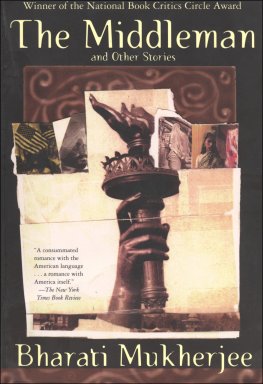
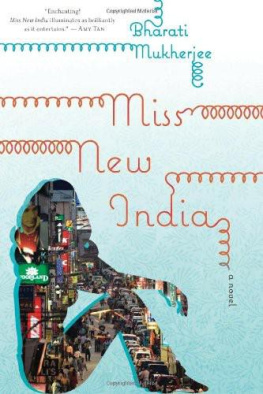
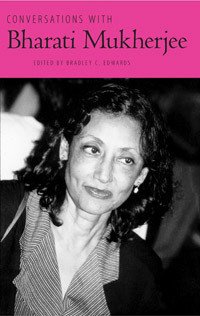




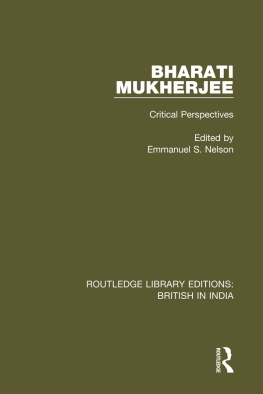
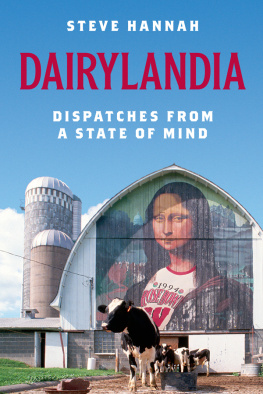
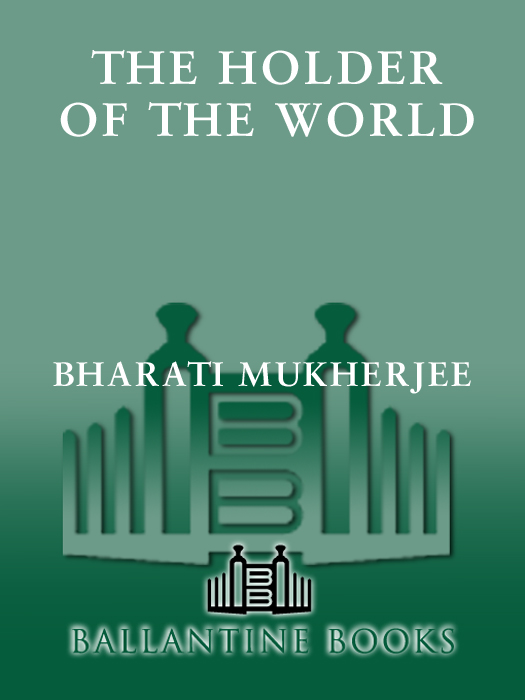
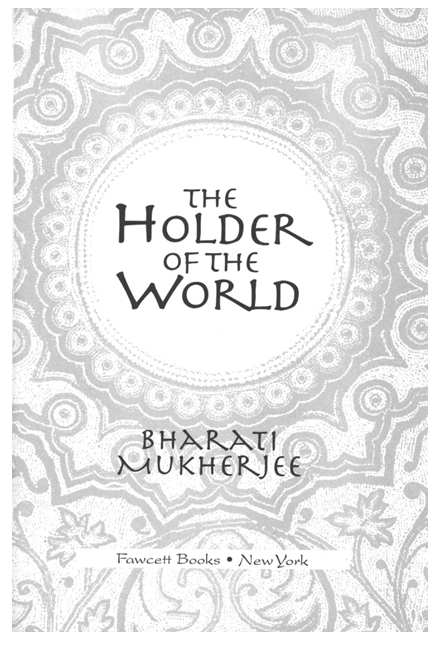
 I LIVE in three time zones simultaneously, and I dont mean Eastern, Central and Pacific. I mean the past, the present and the future.
I LIVE in three time zones simultaneously, and I dont mean Eastern, Central and Pacific. I mean the past, the present and the future.